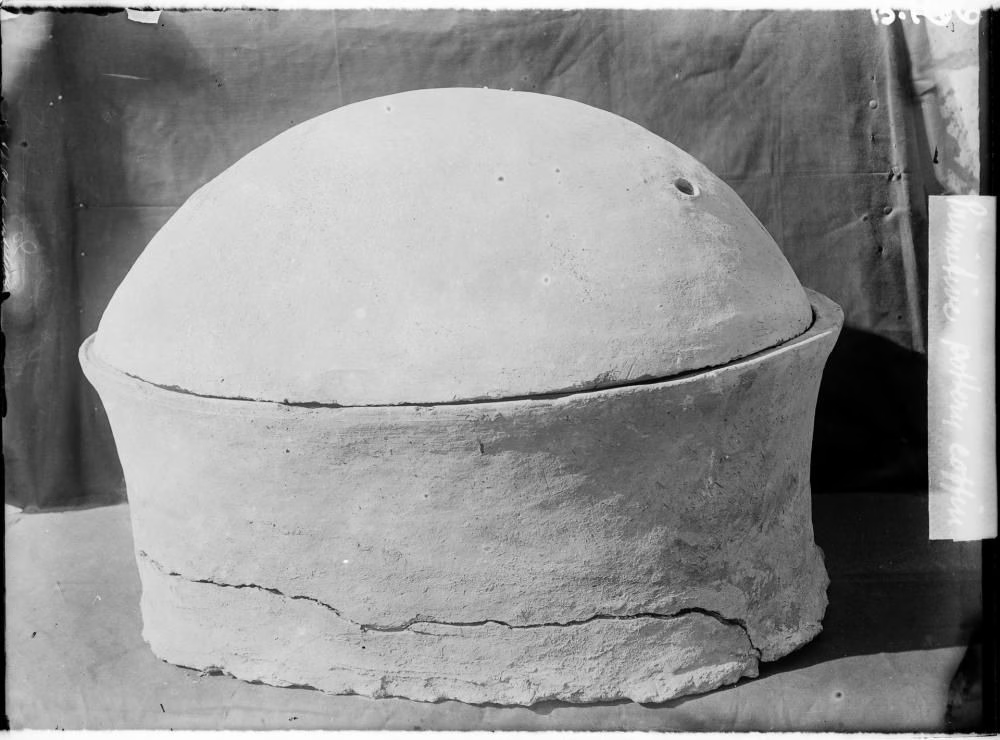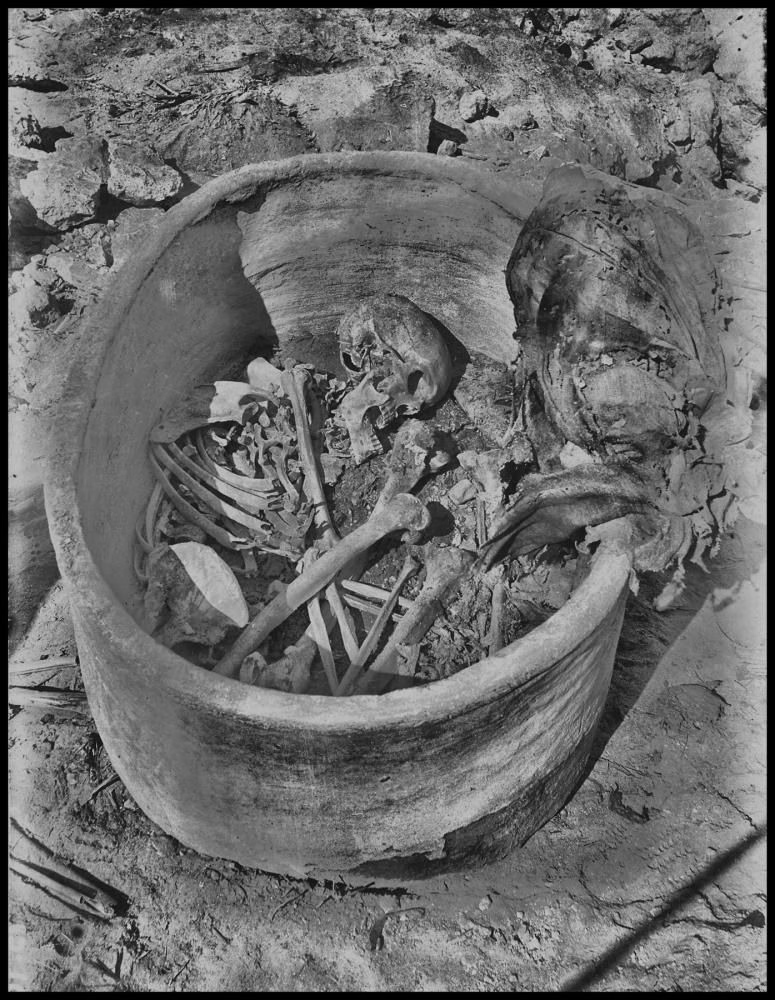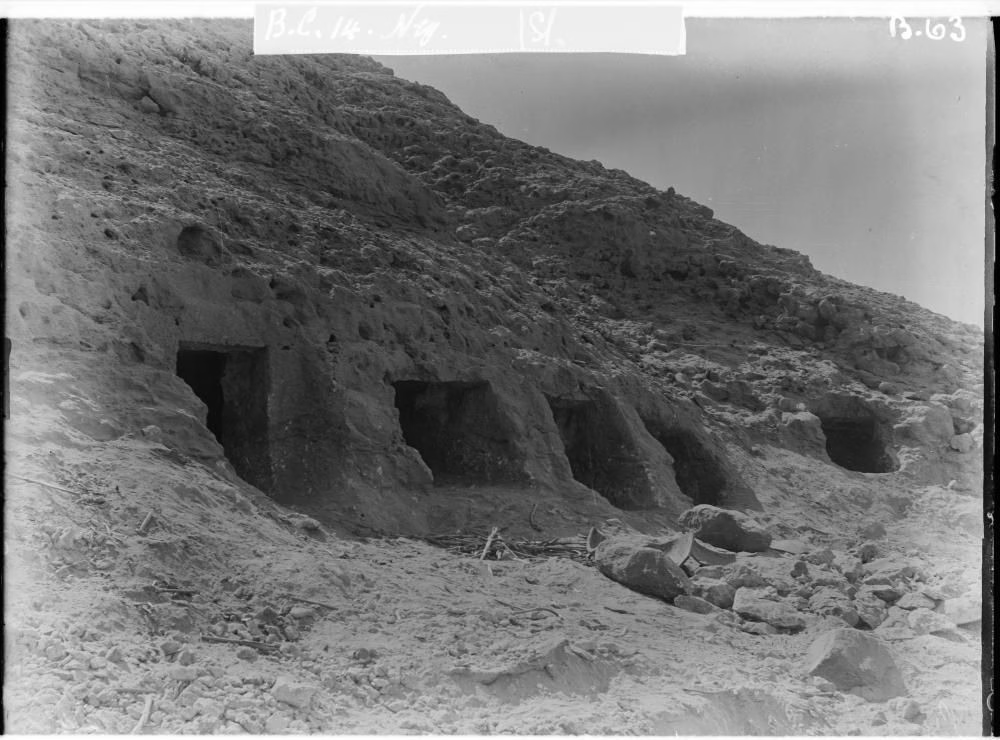Scientists have sequenced the first complete genome from ancient Egypt, unlocking a genetic time capsule from the age of the pyramids. A groundbreaking study by researchers from the Francis Crick Institute and Liverpool John Moores University has successfully extracted and decoded DNA from a man who lived between 4,500 and 4,800 years ago—during the formative period of ancient Egyptian civilization. The research, published in Nature, marks a major milestone in both archaeogenetics and Egyptology.
From the Heart of Ancient Egypt: DNA from the Pyramid Age
The DNA was extracted from the tooth of a man buried in Nuwayrat, a site located 265 km south of modern-day Cairo. This individual lived during the transitional phase between Egypt’s Early Dynastic Period and the Old Kingdom—roughly the time when the first pyramids were built.

His body, buried inside a ceramic jar in a hillside tomb, was preserved without artificial mummification, a practice that became standard much later. This natural preservation allowed scientists to recover the first whole genome from ancient Egyptian remains.
Genetic Insights Reveal a Mixed Ancestry
By analyzing his genetic code, researchers discovered:
- 80% of his ancestry is linked to ancient North African populations.
- The remaining 20% traces back to the Fertile Crescent, particularly ancient Mesopotamia (modern-day Iraq).
This finding provides the first direct genetic evidence of population movement into Egypt from the broader West Asian region, confirming what archaeologists had long suspected based on shared artifacts and cultural symbols, such as pottery and early writing systems.

A Glimpse into an Ancient Life: Possibly a Potter
Detailed analysis of the skeleton offered further clues:
- The bones showed signs of repetitive limb movement and seated posture, consistent with trades like pottery-making.
- There was arthritis in the right foot, likely due to prolonged use of a foot-powered potter’s wheel—an innovation that appeared in Egypt around this time.
- Yet the individual was buried with more care and status than would be expected for a craftsman, raising the possibility that he was highly skilled or had risen in social rank.
Overcoming Decades of Scientific Barriers
For decades, the hot Egyptian climate had made it nearly impossible to retrieve usable ancient DNA. Nobel laureate Svante Pääbo first attempted to extract DNA from Egyptian mummies over 40 years ago—but without success. This new study finally overcomes those challenges, thanks to advances in sequencing technology and contamination control.
“Forty years have passed since early efforts to extract DNA from Egyptian mummies,” said Dr. Pontus Skoglund of the Crick Institute. “We can now rule out contamination and confidently explore ancestry in one of history’s most iconic civilizations.”

A Skeleton That Survived History
The individual’s remains were originally excavated in 1902 and housed at the Liverpool Institute of Archaeology. After surviving World War II bombings that destroyed much of the museum’s human collection, the skeleton was later transferred to the World Museum Liverpool—eventually becoming the key to this landmark discovery.
“This individual lived through a transformative time in Egypt,” said Dr. Linus Girdland Flink of LJMU and the University of Aberdeen. “Now, over 4,000 years later, his genome reveals a story of migration and connection across regions.”
The Road Ahead: Mapping Ancient Egyptian Ancestry
Researchers emphasize that while this genome offers a crucial data point, many more sequences are needed to fully understand population changes and genetic diversity in early Egypt. The team hopes to expand this research in collaboration with Egyptian institutions and archaeologists.
“This is just the beginning,” said Adeline Morez Jacobs, lead author of the study. “Future samples will help us refine our understanding of when and how these ancient movements of people occurred.”
Cover Image Credit: Facial reconstruction of the individual from Nuwayrat using 3D scan data of the skull and analysis of the bones. Credit: Caroline Wilkinson, Liverpool John Moores University.




